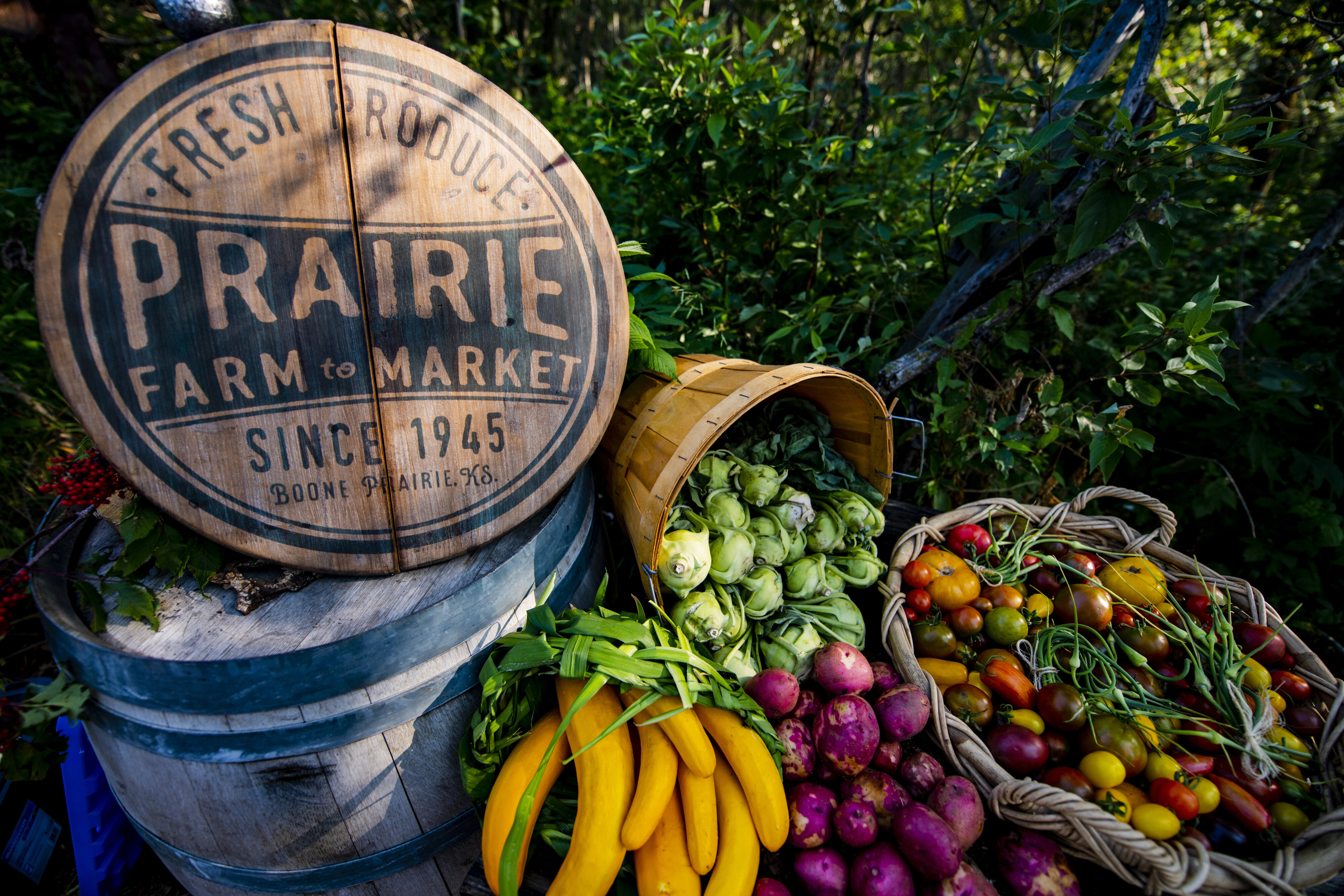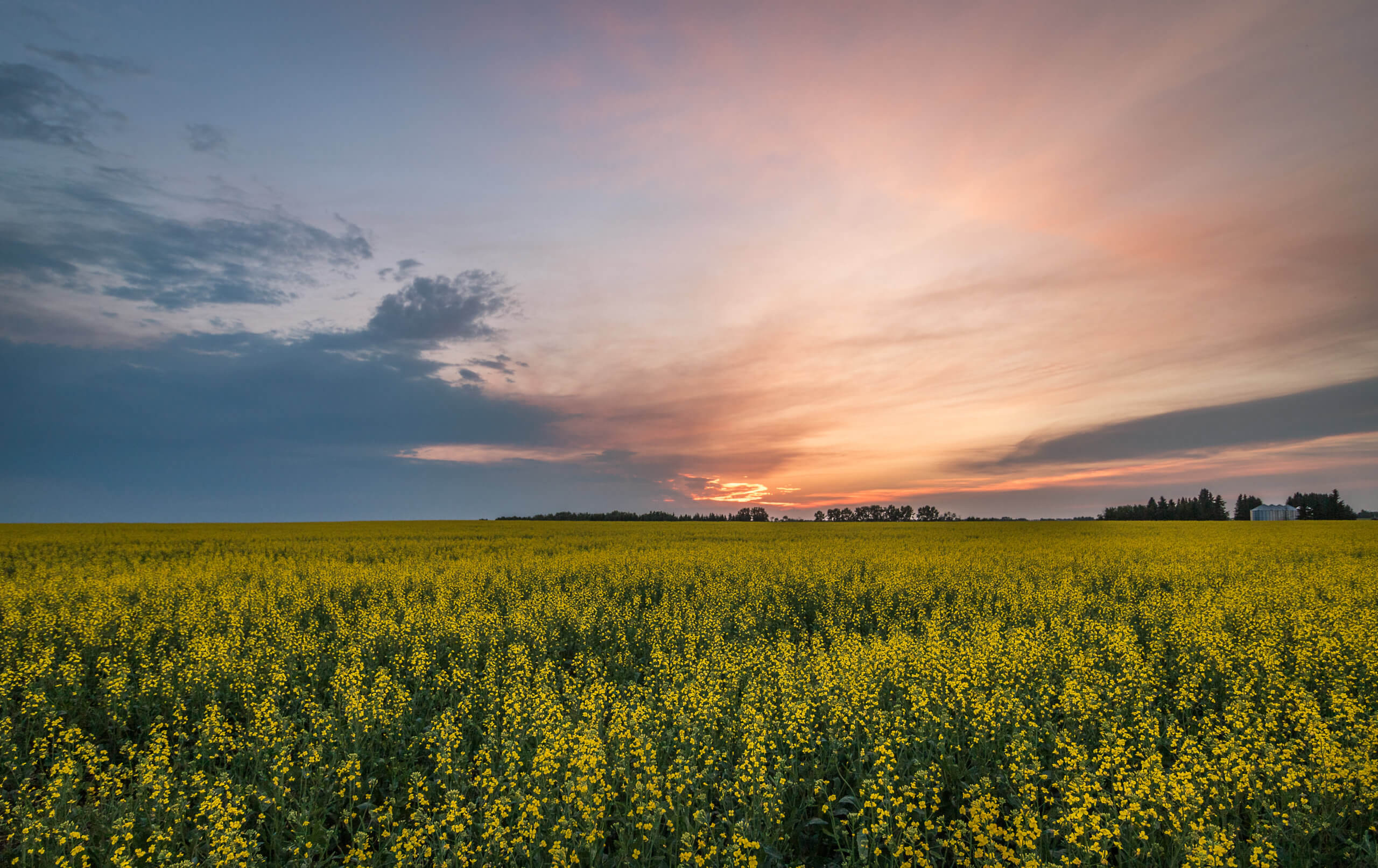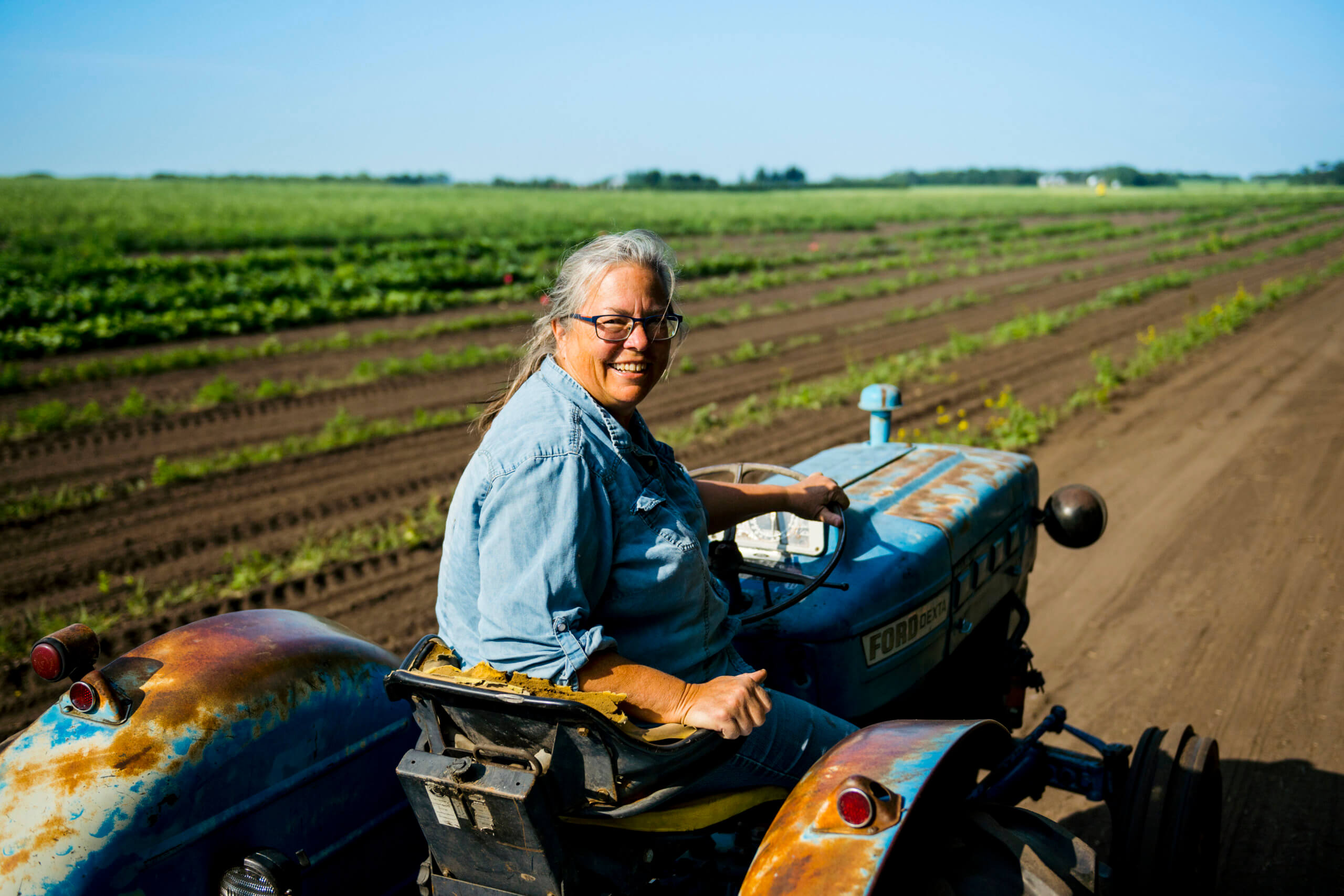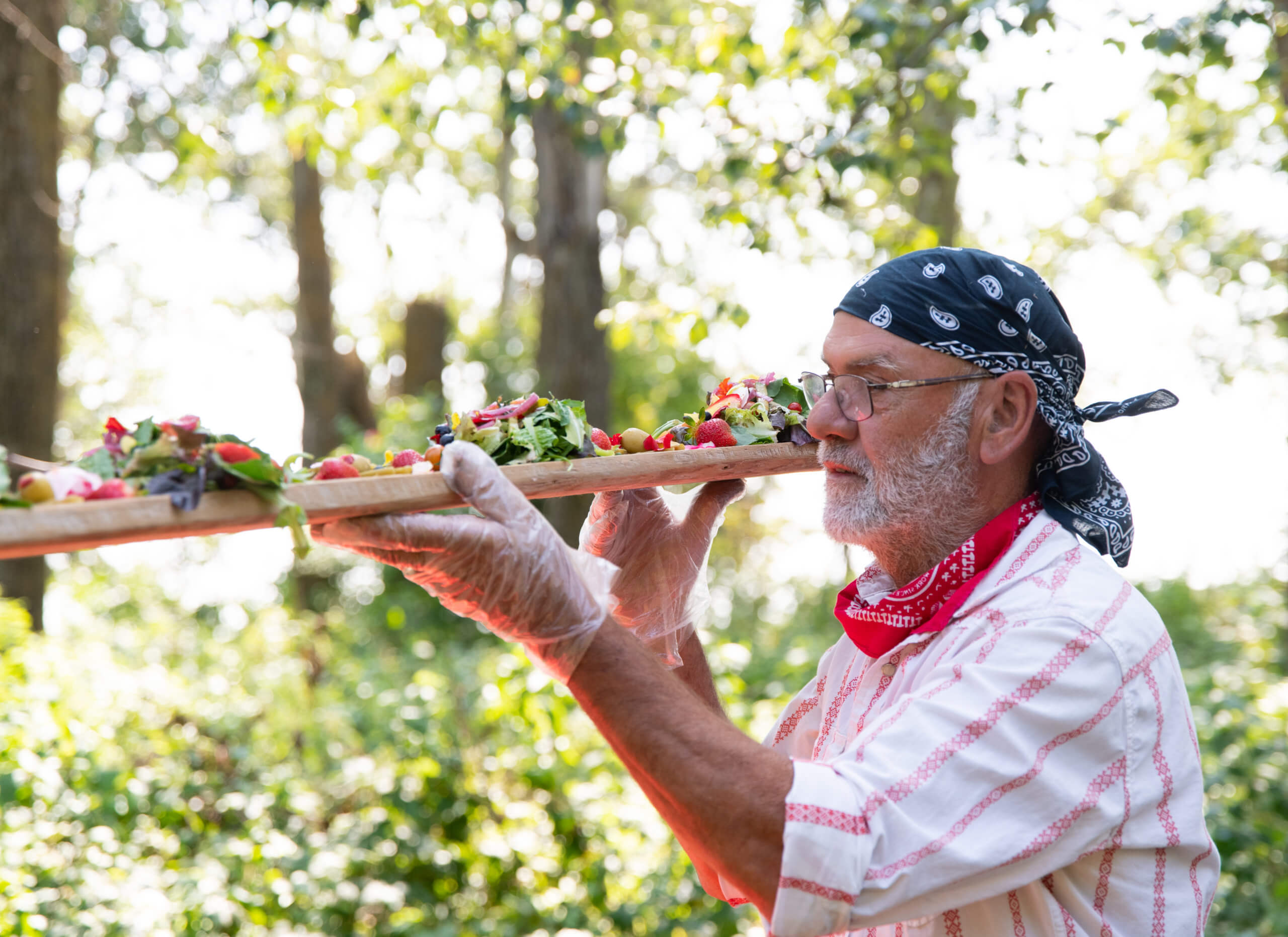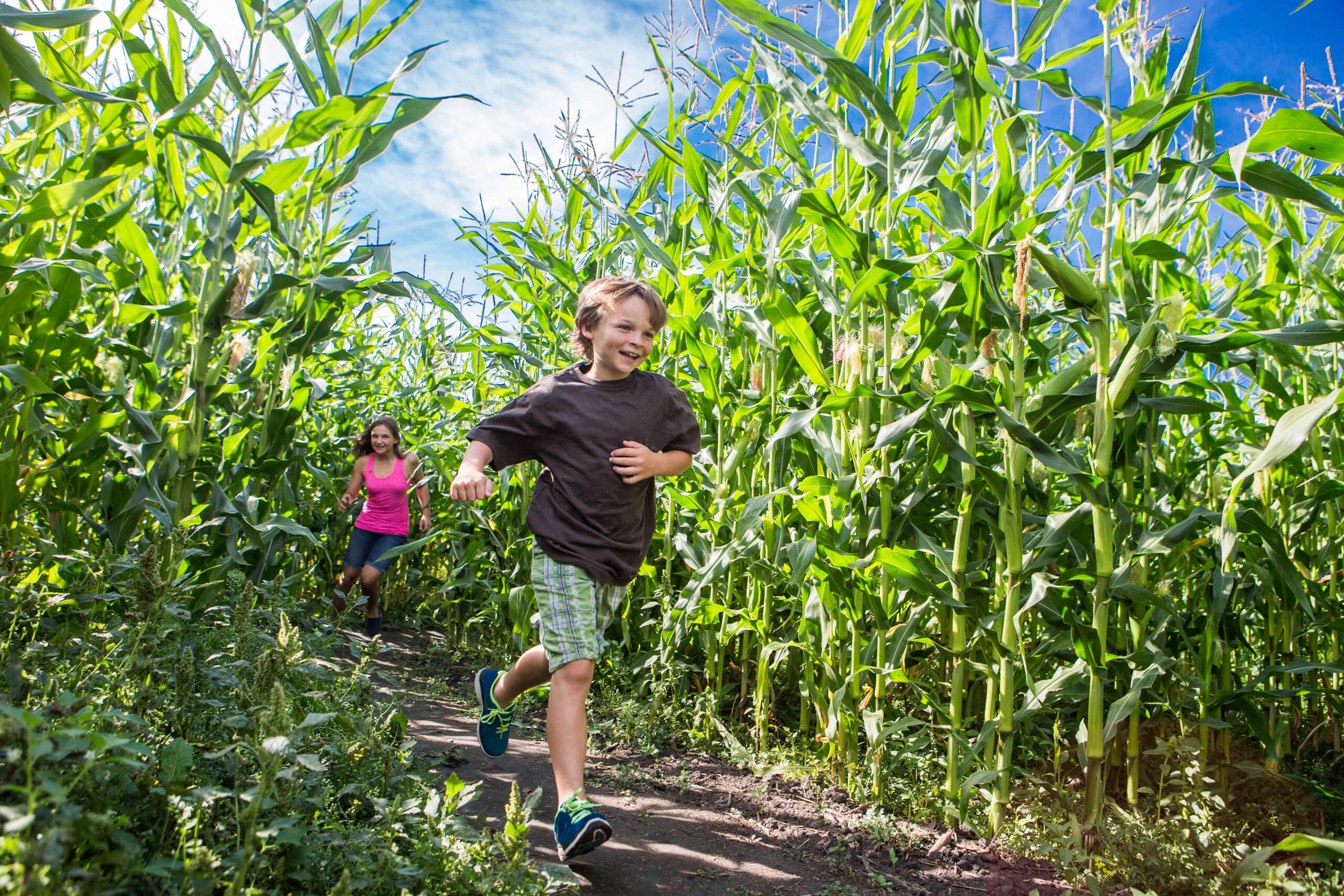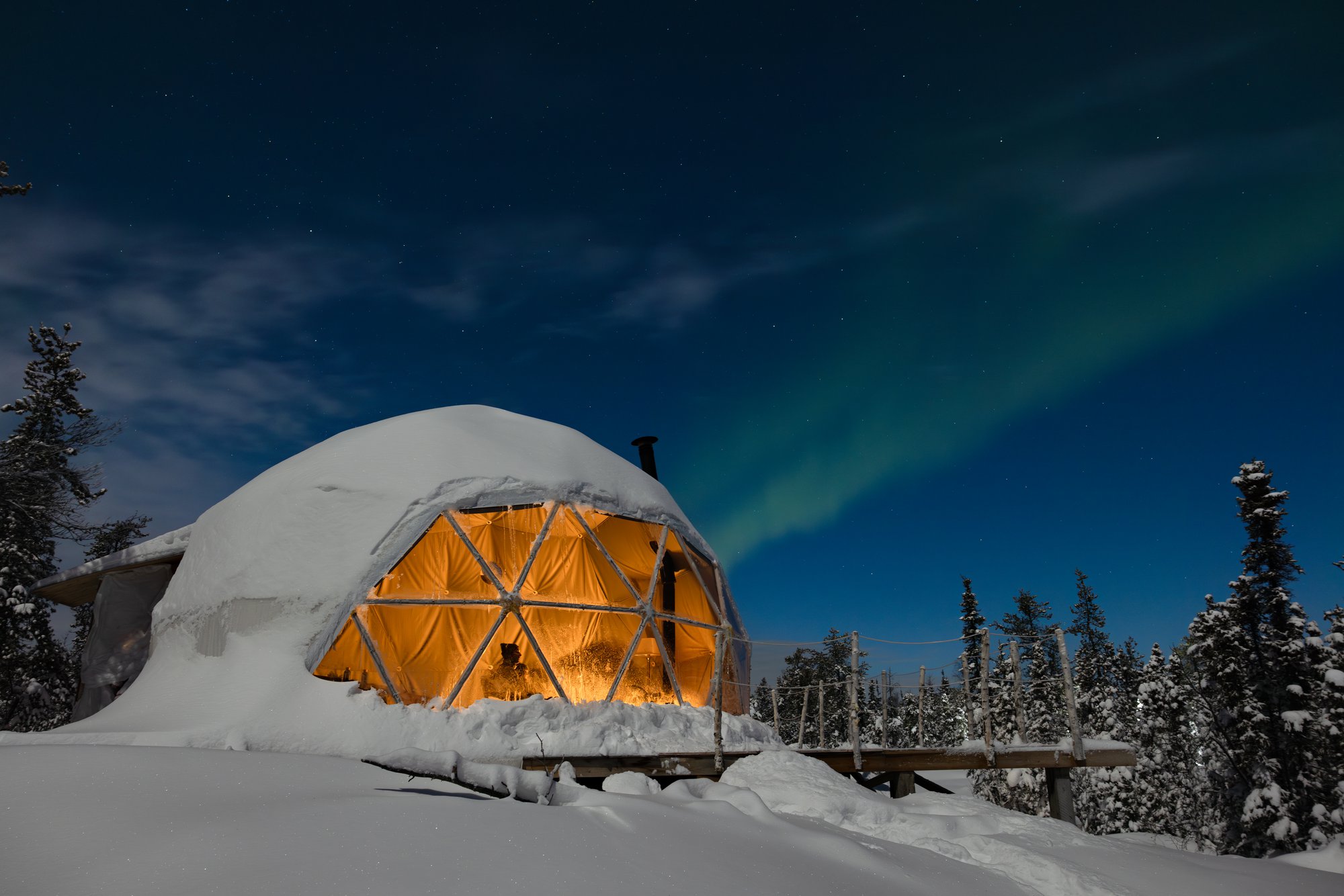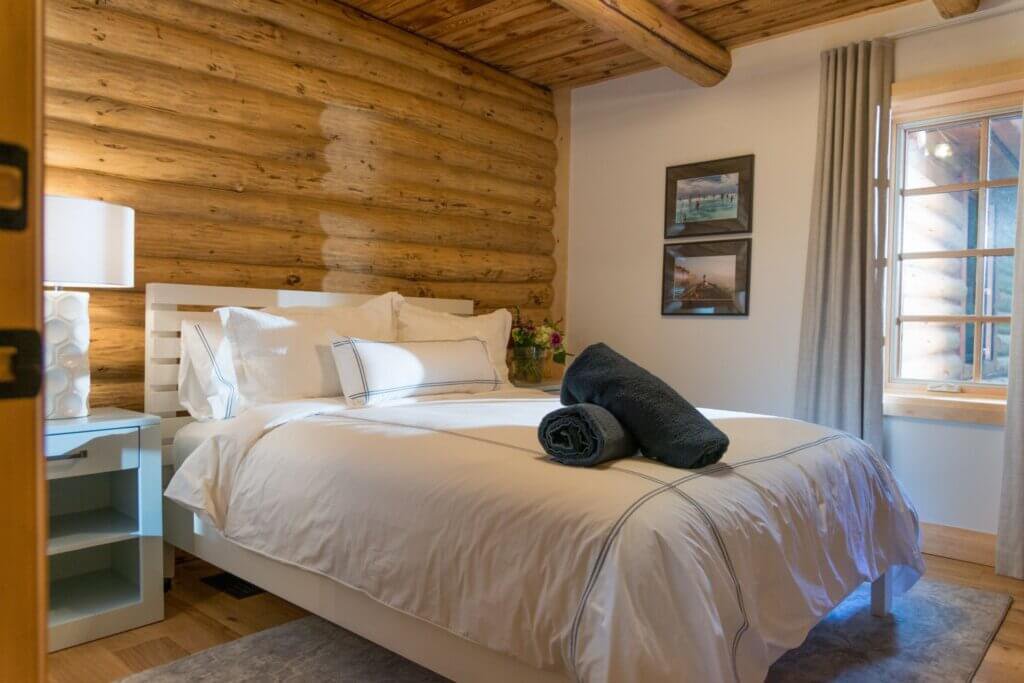Growing Meaningful Tourism on an Alberta Farm
When warm temperatures arrive in central Alberta, Tam Andersen and her team at Prairie Gardens are busy planting crops on her 35-acre farm. Located west of the North Saskatchewan River, Prairie Gardens is a rural oasis set among rolling farmland in Bon Accord (Sturgeon County).
But drive a few kilometres down the road and you’ll reach a much more urban setting. Sturgeon County borders the metro area of Edmonton, where close to one million people live and work. The proximity to city life — downtown Edmonton is a mere 40 km away — has had a significant impact on the way Prairie Gardens operates (but more on that in a minute).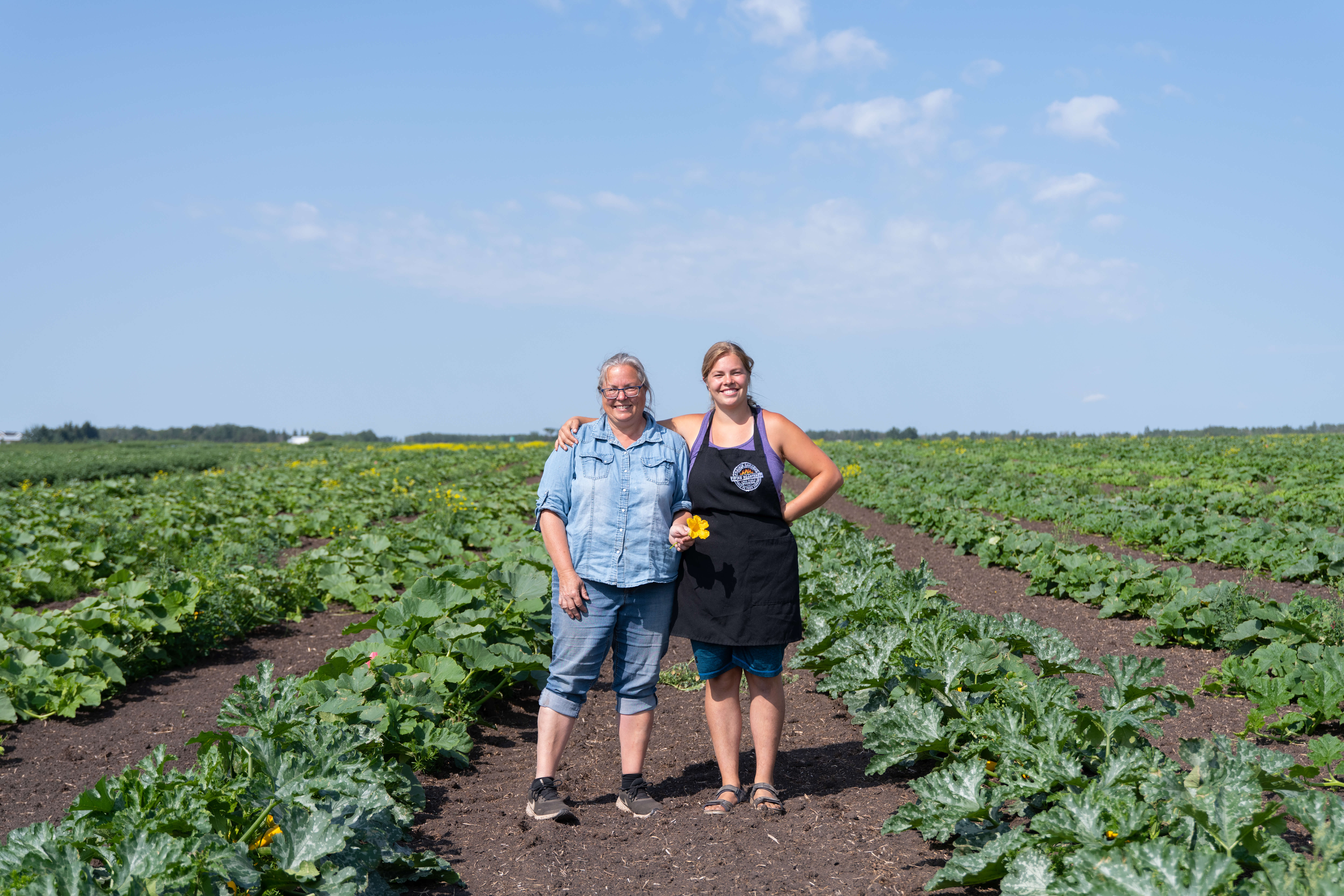
Farming North of the 56th Parallel
“Primarily it is traditional Prairie agriculture,” Tam tells me of the region’s farms, pointing out crops such as wheat, beans and canola. “We have cattle on our farm. This is fairly standard in terms of agricultural operations in the region.”
But Prairie Garden goes beyond the typical and specializes in the extraordinary — heirloom vegetables and varieties that are not often grown in this climate.
“We grow vegetables mainly and soft fruits such as strawberries. And pumpkin is one of our mainstays,” Tam says. “We actually have an interesting specialization in growing blue pumpkins. We are the world’s furthest north blue pumpkin producers.”
Unlike southern Alberta, where Tam was born and raised, farming north of Edmonton has its challenges as the cooler climate makes it difficult to grow certain crops and farmers have to take special precautions to make it work.
“I think people are always absolutely amazed by what we can grow here — even being north of the 56th parallel — at the abundance and the variety of it.”
Reconnecting with the Land
For many years now, Tam has opened the doors to her farm to welcome families and groups wishing for a farm experience. It lead her to realize that urban dwellers were seeking a real connection to the land and she began creating even more avenues to bring people together with agriculture.
I was connected with Tam through Celes Davar. Celes is a biologist, an international climate change presenter and a decades-long proponent of slow, meaningful travel. He currently lives in Nova Scotia’s Gaspereau Valley (in a very cool energy-efficient Passive House designed by his son) and is the owner of Earth Rhythms, a company that not only creates meaningful local travel experiences but also coaches Canadians all over the country on how best to channel their stories, traditions and passions into interactive experiences for travellers.
I spoke to Celes in the fall of 2021 about the changing nature of travel and the shifting needs of communities and of travellers.
“I think the yearning people have is to be connected with good storytellers that will help us remember place,” he told me then.
Tam understands this sentiment and has created her business around this very idea. She doesn’t just want to entertain, she wants to teach, connect with and inspire the people who come to visit Prairie Gardens. The passion in her words is powerful.
Please read below for Tam’s thoughts on the subject of tourism, the need for connection, and the future of agriculture in her part of Alberta.
On the Need for Connection:
“In times before, people would have always had a family farm in their family background that they could go visit. So they would visit grandma and grandpa over the summer holidays. But with the commercialization of agriculture, particularly across the Prairies where you see the big corporate farms starting to get a foothold, there just aren’t those opportunities anymore.
And in our case, what we find is that there’s a real, genuine interest in sustainability, in agriculture, people want to know the farmer who grows their food and talk to them one-on-one and then to be able to actually taste the food, maybe try a farm dinner experience where they feel a sense of community. Or sign up for a community-supported agriculture program where they are able to come every week and become part of our “farm-ily” for a summer season or a winter season, or even just the fall. It’s a hands-on experience, what life is like in rural Alberta.
It is a really interesting thing for people when they come out to visit the farm because they might not have had any exposure to agriculture or growing vegetables or pumpkins or anything of that nature. I’m always surprised when children come out and ask questions like ‘is this a field?’ But it goes beyond that because now even adults have lost that connection with the land and that’s what we are trying to give them back — that feeling of the earth beneath their feet and being part of a community that is involved with food security and producing food for the table.”
On Creating Community:
“I think people have such a feeling of appreciation for the integrity of the farming operation when they can see the produce growing less than 50 feet from where they are sitting down to eat. And I think they get a sense of community, we all yearn for that sense of connection. In the farming community, we know our neighbours and we have a community and many times, especially in urban situations, it’s hard to have those connections. So we become their extended family and that is what brings tears to my eyes sometimes, to share in people’s lives and their experiences on many levels. It’s such a beautiful opportunity to really make long-lasting connections.
The conversations that happen over a long table dinner are usually extraordinary…it really comes home to people that we are part of a global community and what is happening on the earth is something that you can actually be a part of in affecting change, even a small step toward developing a local food network or a food hub is so important.”
On Building Meaningful Tourism Experiences:
“There is an intersection of farming and tourism and community all at the same time and I think that it’s an opportunity for many farms in the region to connect and for many people who have a genuine interest to connect. If we can make visiting a farm an experiential program or an experiential opportunity for people to get hands-on with agriculture, they learn so much and they appreciate where their food comes from so much more.
And that experience can take many forms and sometimes as farmers we don’t appreciate how simple these things can be. So in our case, we would sometimes walk people through a long table farm dinner experience but that would always include a walk in the gardens where we are picking and sampling before we actually get to the dinner table. And we might actually take some dried herbs that we have grown on the farm and transform them into an herb infusion that they all get to participate in before they go home. And then they take home something from our farm to their table which really brings them back to the experience time and again.
We’ve been shifting, over time, our business model where we work with the public to focus in on offering those experiences that are more personal, where there is a genuine connection between farmer and visitor…one-on-one farm tour with a farmer where they learn about the farm experience and then have a very intimate lunch or dinner in our farm forest. And then sampling, connecting and collaborating with some of our local partners.”
(Tam says the farm works with partners such as the local Dark Sky Distillery, a local potter who makes all the dishes used at the meal or a local musician.)
“Storytelling has become a really big part of the experience and everyone shares how our stories intersect for the event. And I think that’s really very rewarding and really fascinating for the experienced traveller.”
On Her Hope for the Future:
“Those folks that make an effort to come to the farm and want to learn about the farm are more likely to carry on the traditions. As farmers, we have daughters. One of our daughters is interest in staying on the farm and working on the farm; the other has moved off the farm and when we see the world through her eyes, it is about climate change and it is about taking personal responsibility for the actions we take to protect our Mother Earth.
When we start talking about bees and pollination of products, even if we have a high school out to the farm, it is absolute silence. Everybody is aware that this is an important issue and they want to do something to save the bees, to save the pollination, to make sure we have food.
When we talk about these things with kids, they’re so willing and interested to learn and want to take part, so I think there is hope, yes. When you can start talking about things that matter to people, that’s when change happens.



